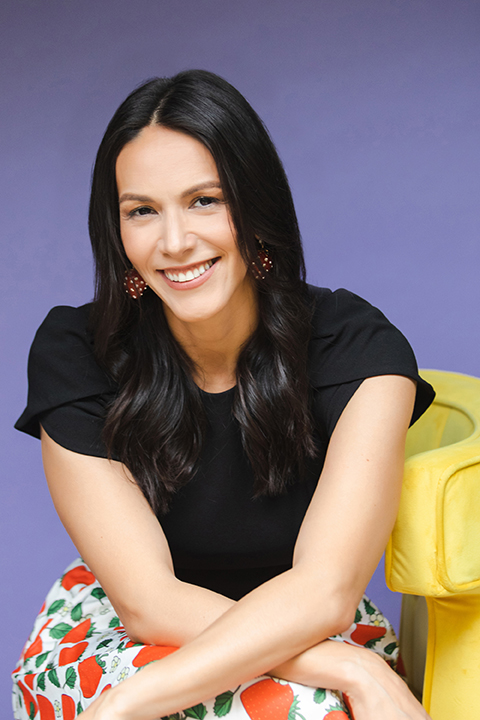While it’s commonly advised to limit fiber to avoid worsening diarrhea, it’s important to know that not all fibers are alike and certain types may even help reduce the severity of diarrhea.
What is fiber?
Fiber is a special type of carbohydrate that our bodies cannot fully break down or digest. It’s found in plant-based foods and comes in two forms: soluble fiber and insoluble fiber. Soluble fiber dissolves in water, while insoluble fiber does not. These two types of fiber have distinct characteristics and effects on our digestive system.
Insoluble Fiber
This type of fiber cannot be digested and is not soluble in water, so it adds bulk to the stool. As a bulking agent, Insoluble Fiber helps to stimulate intestinal motility, which can be helpful for constipation, but is the opposite of what you need when dealing with diarrhea! When experiencing diarrhea, it is generally recommended to limit or avoid foods that are high in insoluble fiber.
Foods rich in insoluble fiber include:
- Whole grains (brown rice, whole wheat breads and pasta)
- Corn
- Raw fruits and vegetables (especially with skins or seeds)
- Nuts and seeds
Soluble fiber
On the other hand, Soluble Fiber absorbs water and becomes “sticky” when wet. It increases the water-holding capacity of the stool, making it thicker and helping to SLOW DOWN bowel movements. Introduce soluble fiber gradually to help manage diarrhea.
Foods rich in soluble fiber include:
- Oats
- Potatoes without skin
- Applesauce
- Ripe bananas
- Flaxseed or chia seed (start with small amounts)
TL;DR
By absorbing water, soluble fiber will help to thicken the stool and regulate bowel movements, reducing the frequency and urgency of diarrhea. Excessive insoluble fiber intake can increase bulk and stimulate bowel movements, which worsens diarrhea.
The brat diet – an example of changing fiber intake
Also known as the bananas, applesauce, rice, and toast diet, the BRAT approach is often recommended when someone has diarrhea. It can be helpful as it’s low in insoluble fiber and contains sources of soluble fiber (bananas, applesauce). However, this is not a well-balanced diet and does not provide enough nutrition to help the GI tract recover. Aim to have a more balanced diet that incorporates other sources of soluble fiber, while limiting the types of foods that can worsen diarrhea. Your diet should be more nourishing and have more variety than the BRAT diet!
There’s no one size fits all approach
As previously discussed, diarrhea can be a challenging side effect of cancer and its treatment. Some people are surprised when they’re advised to reduce their intake of healthful foods like whole grains and vegetables when they have diarrhea. This shows that there isn’t a one-size-fits-all diet during cancer treatment, and adjustments must be made based on individual circumstances. Remember, everyone is unique, and the impact of fiber on symptoms can vary. If you’re experiencing diarrhea, it’s best to consult a healthcare professional who can provide personalized advice based on your specific condition and needs.
If you need more one on one support in managing cancer treatment side effects, apply to work with me.



